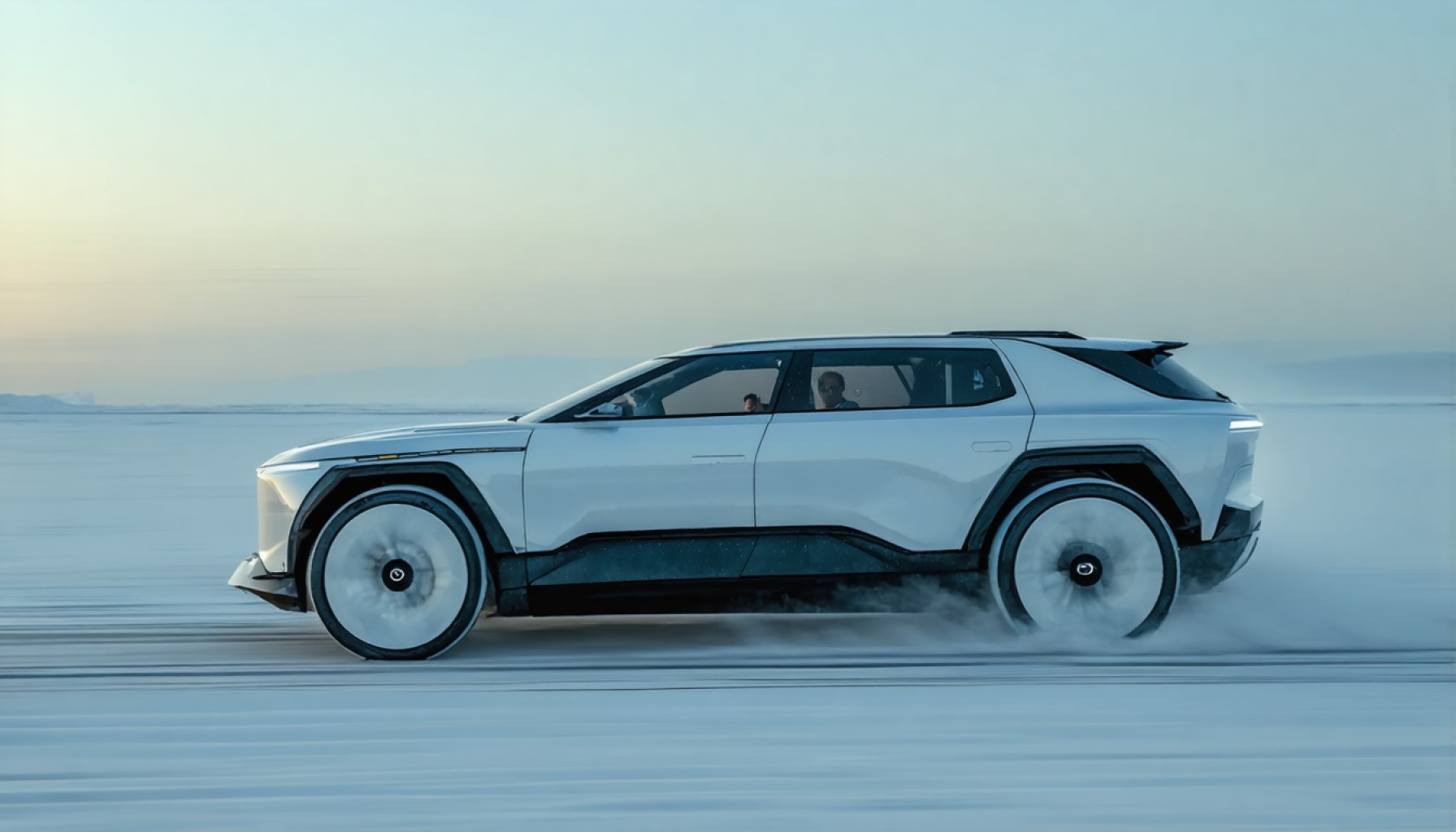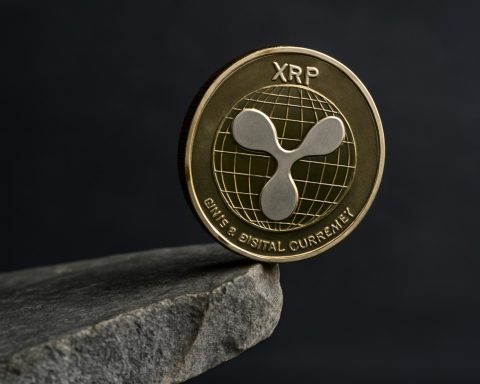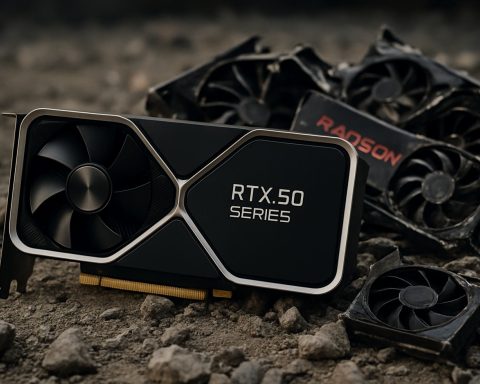- Rivian and Nio are major players in the competitive electric vehicle market facing significant financial and strategic challenges.
- Rivian reported a $170 million gross profit largely due to selling regulatory credits, raising concerns about sustainable growth.
- Rivian aims for sustainable profitability by 2025, focusing on cost control and the anticipated R2 model debut in 2026.
- Nio is grappling with a fierce price war in China, affecting its pricing power despite a 45% increase in deliveries.
- Nio plans to expand with new brands like Onvo and Firefly to bolster its position amidst market challenges.
- Both companies’ stock valuations have dropped significantly, but strategies aim to transform challenges into future successes.
- Investors should note Rivian’s and Nio’s resilience and potential for a promising turnaround in the evolving EV landscape.
Rivian Automotive and Nio, two electrifying contenders in the cutthroat electric vehicle arena, are bracing themselves for an arduous journey. These EV pioneers, once darlings of the stock market, now face relentless scrutiny and pressure to carve a path to profitability amidst fierce industry conditions.
Rivian, a symbol of futuristic innovation on American roads, dazzled market watchers with its recent financial report. Defying expectations, the company boasted a $170 million gross profit for its fourth quarter, way above analysts’ projections. However, this triumph holds an asterisk; a substantial part of this gain stems from the lucrative trade of regulatory credits—credits given as a reward for championing green technology but sold to others in need. It’s a clever maneuver in the short term, yet Rivian’s true challenge lies in sustaining growth without overly relying on these credits.
Investors, keenly aware of this financial dance, keep an eagle eye on Rivian’s cost control tactics. As the EV trailblazer projects a future gleam with sustainable profit by 2025, skeptics like Bernstein’s Daniel Roeska question whether this timeline is too optimistic. Rivian’s lifeline will depend largely on slashing production costs while keeping enthusiasm alive for its upcoming R2 model, slated for a much-anticipated debut in 2026. With vehicle deliveries stalling, Rivian finds itself at a crossroad where strategic transformation is not just desired but essential.
Across the globe, China’s electric dream finds its conduit in Nio, a pioneer that dazzled with technological prowess. Yet, underneath the sleek hood lies a market under siege by a ruthless price war in China, challenging Nio’s pricing power and perceived value. Despite a commendable 45% spike in Q4 deliveries, revenue growth lagged, climbing a mere 15.2%. Here, Nio walks a tightrope, balancing expansion through new brands Onvo and Firefly, with its survival in the hyper-competitive market.
Investors had hoped for more from Nio’s forecast, which projected deliveries of 42,094 in the first quarter—a figure that indeed matched management’s guidance but fell short against initial bullish expectations of 65,000.
These narratives highlight a sobering reality: Rivian and Nio, once the champions of EV potential, are firmly in the proving ground. Both have endured significant valuation drops of 70% and 82% over the past three years, respectively. Yet, the future is not devoid of hope. Rivian’s budding capability to streamline costs promises an enticing possibility of becoming self-sufficient. Similarly, Nio’s strategy of broadening its portfolio through unique brands can redefine its position and push through the pricing turmoil.
For stakeholders eyeing the horizon, these companies are not mere stories of caution but blueprints of resilience. The key takeaway is clear: While Rivian and Nio are embroiled in distinct struggles, their evolution in the coming years holds the answer to whether they can transform formidable challenges into triumph in the rapidly innovating electric vehicle landscape.
Rivian and Nio: Navigating the EV Frontier Amidst Tough Challenges
As Rivian Automotive and Nio continue to navigate the challenging landscape of the electric vehicle (EV) market, several underlying factors and trends are shaping their pathways. Beyond the financial performances that captivated many, both companies face unique hurdles and opportunities that can either anchor their growth or propel them ahead.
Controversies & Limitations
Rivian’s Regulatory Credit Strategy:
Rivian’s reliance on regulatory credits for its fourth-quarter gross profit has raised eyebrows. While these credits can boost short-term profitability, they may not constitute a sustainable long-term strategy. This approach may conceal underlying cost inefficiencies or operational shortcomings that the company must address.
Nio’s Pricing Challenges in China:
Nio faces a fiercely competitive market in China, with a price war impacting its pricing power. While they boast advanced technology, keeping prices competitive against local brands and international entrants remains a daunting task.
Industry Trends & Predictions
Electrification Momentum:
The global shift towards electrification is undeniable. Governments worldwide continue to enforce stringent emission regulations, pushing traditional automotive manufacturers toward EVs. Both Rivian and Nio stand to benefit from these evolving regulations, albeit with varying degrees of pressure to maintain competitive pricing and innovation.
Technological Advancements in EVs:
Advancements in battery technology, like solid-state batteries and charging infrastructure, will create new opportunities. Companies that can leverage these innovations efficiently will likely gain a significant edge.
How-To Steps & Life Hacks
Steps for Sustainable Growth in the EV Market:
1. Innovate Continuously: Both companies must invest heavily in research and development to stay ahead in battery technology, autonomous driving tech, and vehicle efficiency.
2. Diversify Revenue Streams: Beyond vehicle sales, exploring revenue from software technologies, energy solutions, and subscription services can stabilize financial health.
3. Strengthen Supply Chains: Building a robust supply chain for raw materials, especially lithium and rare earth elements, is crucial for manufacturing at scale.
4. Enhance Customer Experience: Building a strong brand loyalty through exceptional customer service and innovative vehicle features can drive long-term success.
Reviews & Comparisons
The R1T vs. Nio ES6:
– Utility & Design: The Rivian R1T with its rugged utility focuses on outdoor adventurers, while the Nio ES6 targets tech-savvy urban dwellers with luxurious tech-focused interiors.
– Pricing & Availability: Rivian’s vehicles tend to be positioned more premium compared to Nio, owing to the markets they prioritize and the levels of customizations available.
Real-World Use Cases
Fleet Electrification:
Both Rivian and Nio could see significant growth in electrifying commercial fleets. Rivian’s partnerships with businesses like Amazon for electric delivery vans highlight the potential in this segment.
Pros & Cons Overview
Rivian:
– Pros: Strong brand presence in the US, innovative vehicle design, and partnerships for commercial vehicles.
– Cons: High production costs and reliance on regulatory credits.
Nio:
– Pros: Advanced technology integration, strong brand presence in China, and expanding into multiple vehicle segments.
– Cons: Intense competition in home markets and slower international expansion.
Actionable Recommendations
– Stay Informed: For investors and enthusiasts, regularly check updates from Rivian and Nio about new product launches and financial health.
– Evaluate Investment Risks: Considering the volatile nature of the EV market, a diversified investment strategy can mitigate risks.
– Support Sustainable Companies: Choose to support automotive brands that prioritize green technology and sustainable innovation.
In conclusion, Rivian and Nio, while facing significant market pressure, exemplify resilience and potential in the evolving electric vehicle industry. Watching how they adapt to changing demands and navigate their unique challenges will offer valuable insights into the future of automotive electrification.








